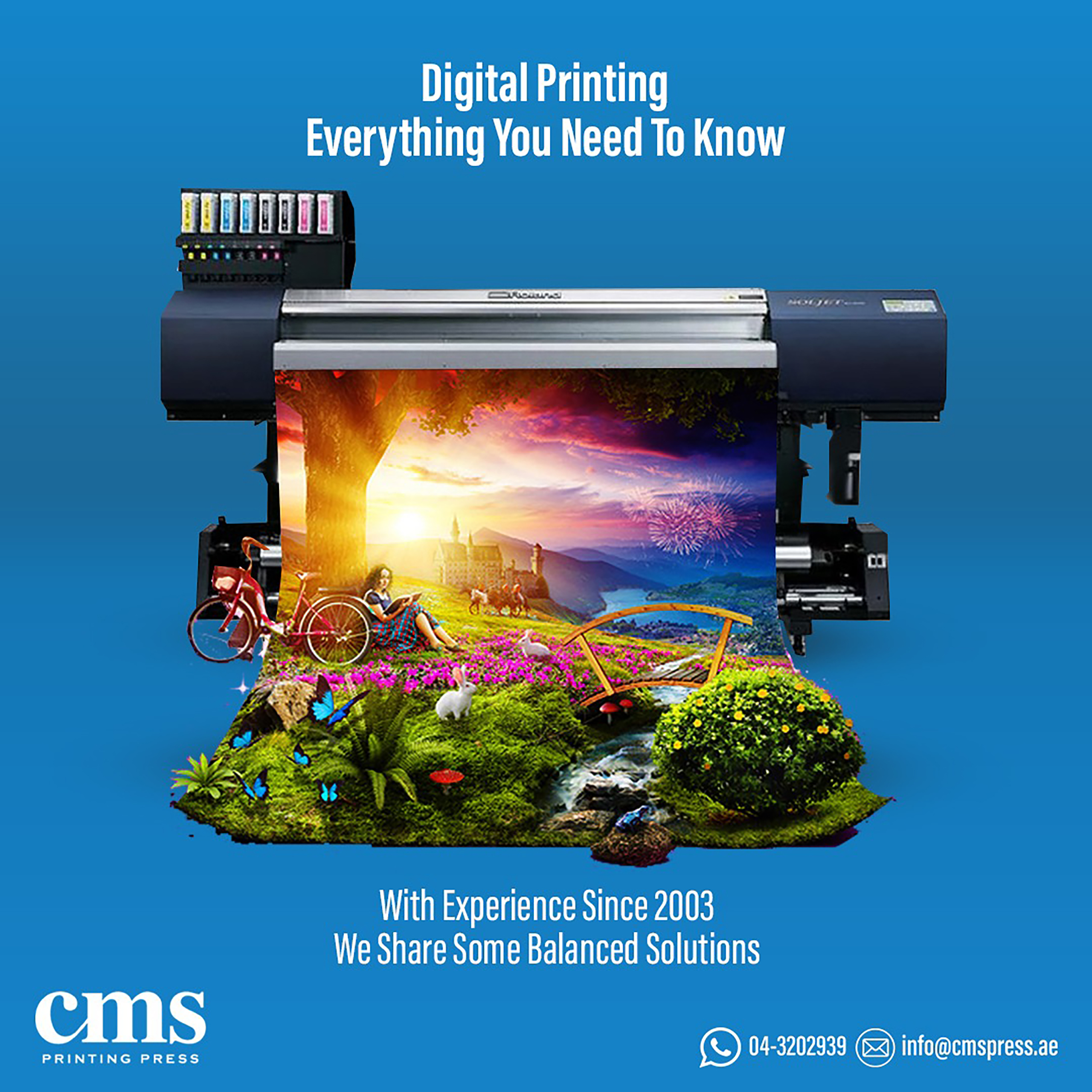These case studies show the real potential of print on demand businesses.
These case studies show the real potential of print on demand businesses.
Blog Article
Understanding Exactly How Digital Printing Transforms the Printing Sector
The printing industry, long steeped in typical methods, is going through an extreme transformation with the development of electronic printing. This cutting-edge technology, which avoids the demand for printing plates, enables fast manufacturing and customization, reshaping the landscape of print communication. With its prospective to stimulate involvement through customized material and to use lasting solutions, it's clear that digital printing is greater than a technological development; it's a crucial video game changer. Exactly how precisely does it reinvent the market? Allow's discover.
The Development of Digital Printing: A Brief Overview
Because its beginning, digital printing has actually undergone considerable transformations, continuously revolutionizing the printing market. With the arrival of the 90s, digital printing innovation started to grow, and the industry witnessed the intro of direct imaging presses, which removed the need for printing plates. As the brand-new millennium unravelled, developments in modern technology further spurred the development of electronic printing, leading to the creation of high-speed inkjet printers.

Unpacking the Modern Technology Behind Digital Printing
Digging right into the intricacies of digital printing innovation, one encounters a rich tapestry of sophisticated equipment and complex algorithms. At the heart of this process exists an electronic image, which is processed by software application that separates it into a grid of dots. This elaborate system, boosted by innovative software and high-resolution imaging, has transformed the landscape of the printing market, leading the means for unprecedented levels of detail and accuracy.

The Advantages of Digital Printing for Organizations
Understanding the technology behind digital printing gives a clear image of its accuracy and detail. Digital printing is environmentally pleasant, making use of less ink and producing much less waste. The complete capacity of digital printing is realized when made use of for modification and personalization, a topic that will certainly be covered in deepness in the next area.
The Function of Digital Printing in Customization and Personalization
While traditional printing approaches battle with customization and personalization, electronic printing stands out in these areas. It allows for the very easy modification of designs, without the demand for costly and time-consuming plate adjustments (print on demand). This allows companies to customize products to individual consumers, meeting details requirements and enhancing consumer complete satisfaction
Digital printing likewise permits for variable data printing, where aspects such as message, graphics, and images might be transformed from one printed piece to the following, without slowing down the printing process. This is especially advantageous for straight advertising and marketing campaigns, where individualized messaging can significantly enhance action prices. By doing this, electronic printing not just transforms the printing market however likewise changes the means businesses communicate with their consumers.
Analysing the Environmental Influence of Digital Printing
Although digital printing has actually been lauded for its duty in modification and customization, it is critical to analyze its ecological influence. Digital printing can be much less inefficient than typical approaches, due to the fact that it runs on a 'print as needed' basis, getting rid of the need for huge print runs that can result in you can find out more surplus and waste. Furthermore, it uses fewer chemicals and produces less unstable organic compounds (VOCs) compared to offset printing. However, the energy usage of official source digital printers can be high, resulting in boosted carbon impact. Additionally, the use of non-recyclable printing components and the challenge of e-waste management pose significant ecological problems. While electronic printing has lots of advantages, its environmental influence needs to be conscientiously managed.
Verdict
To conclude, digital printing has actually transformed the printing sector, providing quick, economical, and top quality remedies. It facilitates modification, boosting customer involvement, and utilizes a lasting print-on-demand model. As this modern technology remains to advance, its effect on organization communication, client complete satisfaction, and ecological sustainability becomes progressively extensive. Understanding these modifications is critical for companies to click to read utilize the benefits of digital printing successfully.
Report this page